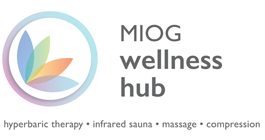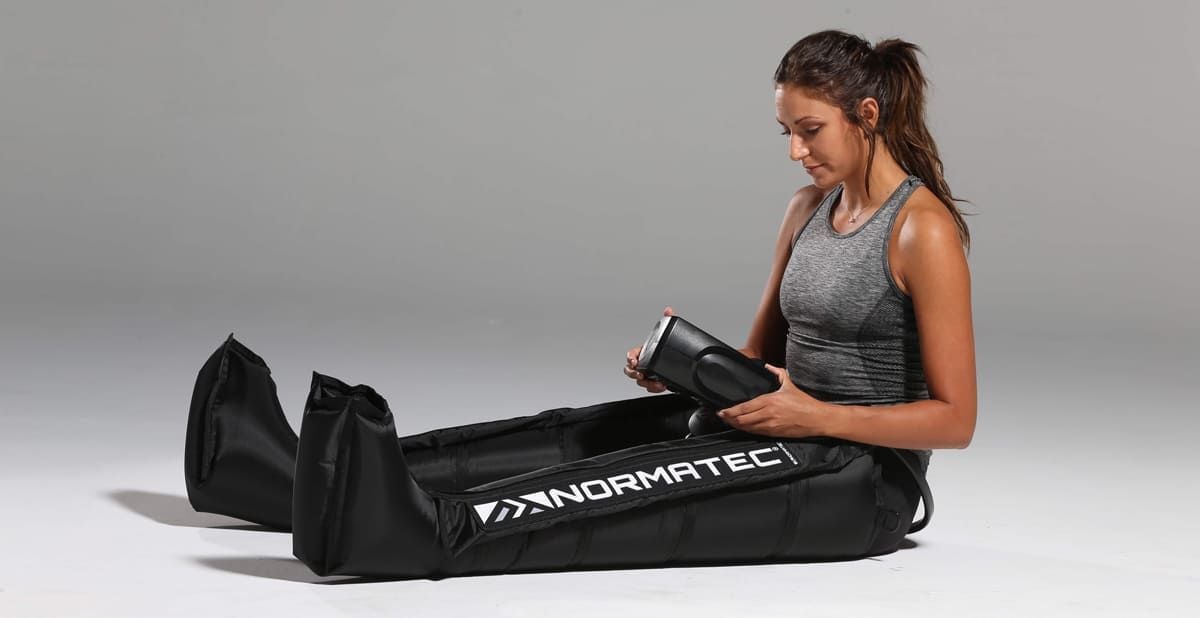)
How to do a Breast Self Exam
Knowing how to do a Breast Self Exam is an important skill, and a habit you should really be getting into once a month. It only takes a few minutes, and it can literally save your life. If breast cancer is detected early, and confined to just the breast, the 5 year survival rate is 96%. If however it has started to spread to the lymph nodes that drops down to 80% - that's a risk you don't want to take!
"The risk of being diagnosed with breast cancer by the age of 85 is 1 in 8 women."
By self examining your breasts and remaining proactive towards your health, you will be able to notice any lumps, bumps and unusual changes. Prioritise your health today because you are worth investing time in.
When is the best time to examine your breasts?
Any time. Just remember to do it.
The campaign of "Feel them on the First" is a great reminder, and all it takes is a few minutes in the shower.
If you have particularly sensitive or swollen breasts around your menstrual period, you may find that about a week after period end works best. Studies show that your breasts are less likely to be swollen or tender.
Best is to become the expert of your own body. Know which lumps are normal and which lumps aren't. If you find anything odd or new get in touch with your GP straight away.
How should a Breast Self Exam be performed?
There are 3 different ways you can carry out a Breast Self Exam and no matter which option you choose, you will need to use the pads of your 3 middle fingers to check the entire breast from top to bottom, side to side, from your collarbone to the top of your abdomen and finally from your armpit to your cleavage.
In front of a Mirror or In the Shower
- Stand in front of a mirror that is large enough for you to see both of your breasts clearly and remove your top and bra.
- Take a good look at your breasts with your arms at your sides, then with your arms raised over your head and then with your palms rested on your hips as you flex your chest muscles
- Look to see if there are any changes in the contour of your breasts, any dimpling, puckering or colour changes of your skin or nipples.
- Next, use the pads of your 3 middle fingers to check the opposite breast, pressing slowly but firmly into the breast tissue. Ensure you cover the whole breast: work methodically in a circle and side to side, from your collarbone to the top of your abdomen and finally from your armpit to your cleavage.
- We are looking for any lumps, hardened knots, thickening of the skin or tissue and any other unusual changes in the breast or nipple.
- Squeeze the nipple, check for discharge and lumps.
- Repeat these steps for your other breast.
Lying Down
- When lying down on your back, the breast tissue spreads out evenly along the chest wall. It is recommended that you place a pillow under your right shoulder and your right arm behind your head. Then start with your left hand examining your right breast, repeating the steps above.
- Then move over to your other breast.
What to do if you find anything odd or new?
Don't hesitate to get in contact with your GP. Whilst there is no need to panic, even a delay of a number of weeks can be detrimental in aggressive types of cancer. Even if you have a history of lumpy breasts, don't put it off.
FEEL THEM ON THE FIRST!


)










Tags: